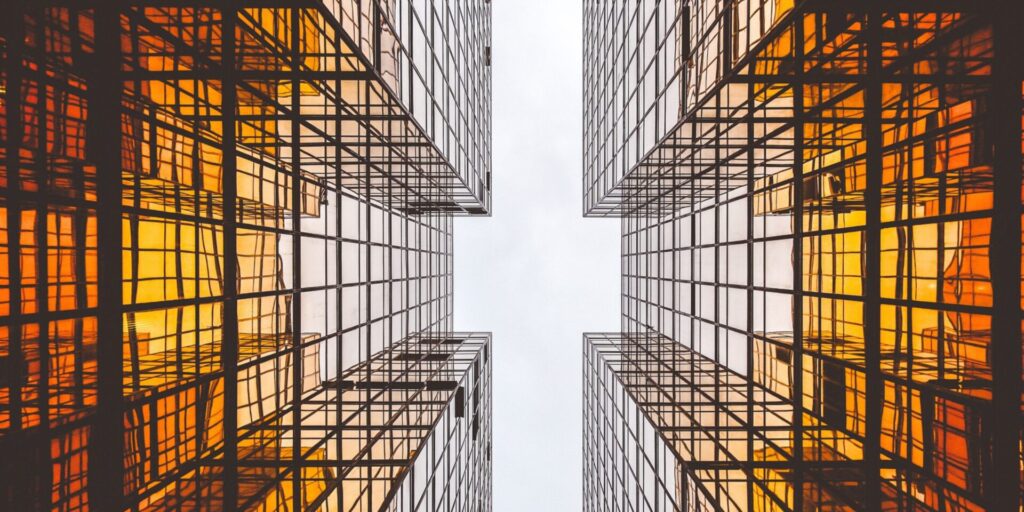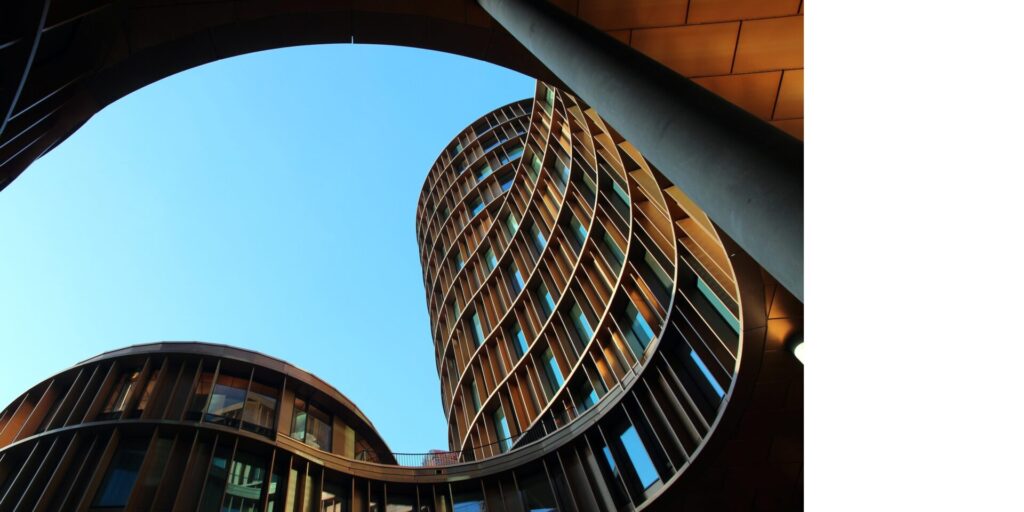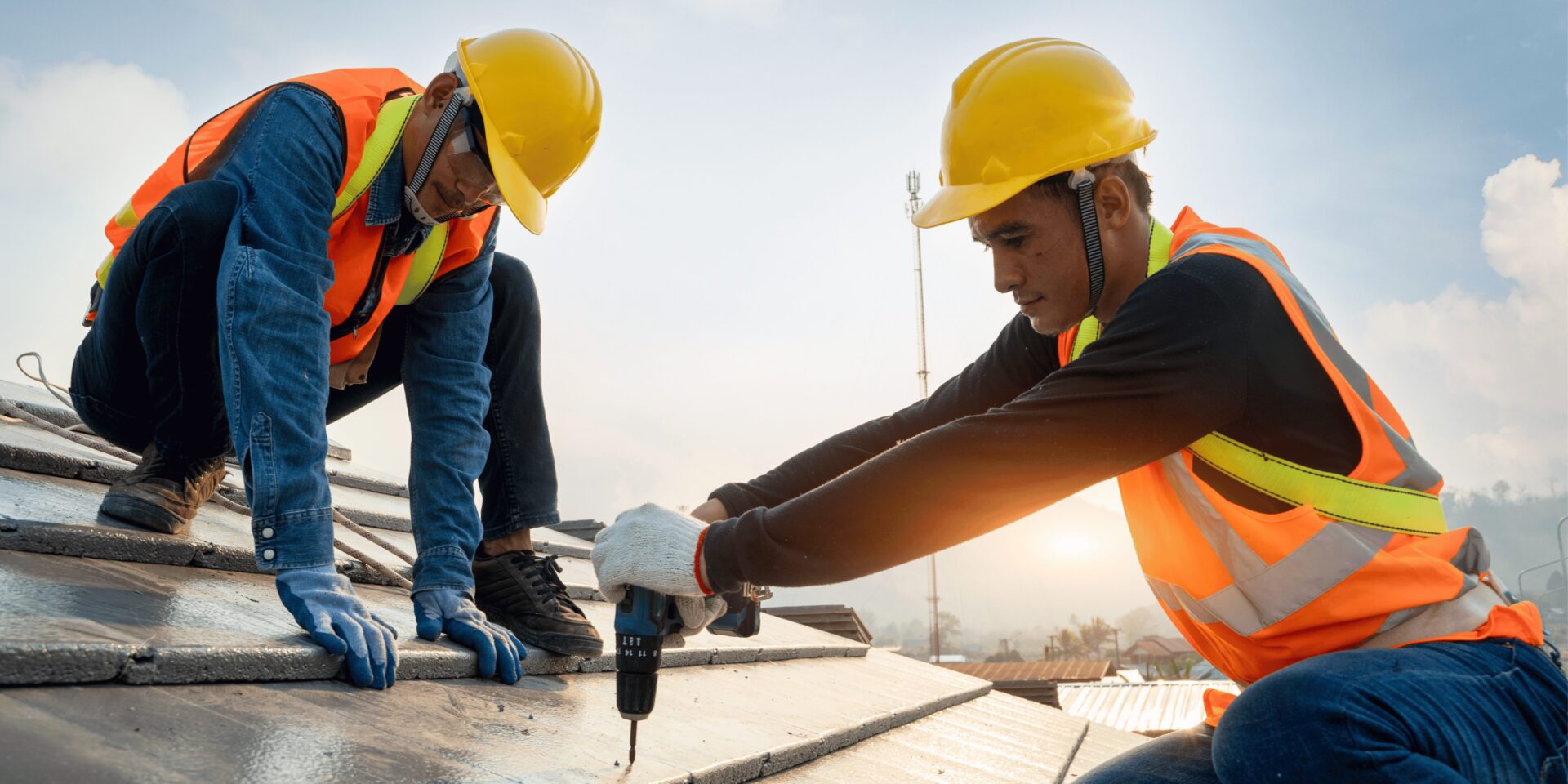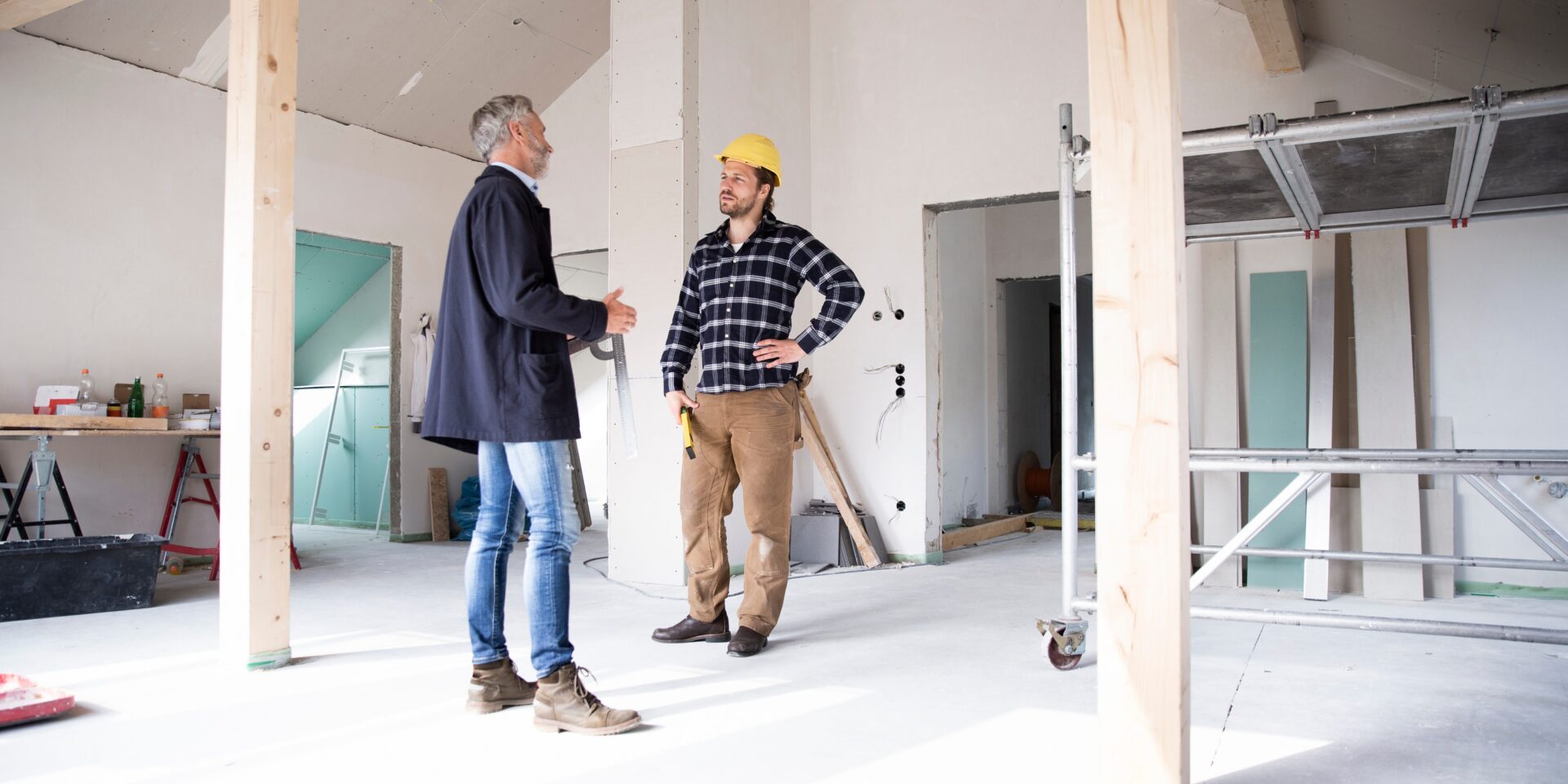Inflation Reduction Act’s Impact on 179D: Prevailing Wag...
179D – Energy Efficient Commercial Building Deduction The Internal Revenue Service Section ...

The Section 179D tax deduction, enacted as part of the Energy Policy Act of 2005, serves as a significant incentive for designers involved in energy-efficient commercial building projects. Originally designed to encourage energy conservation, this deduction rewards architects, engineers, and other design professionals for incorporating sustainable elements into their projects. Over the years, the deduction has evolved, providing substantial financial benefits for designers who contribute to the development of environmentally conscious structures. Designers play a pivotal role in advancing sustainable practices and, through the Section 179D tax deduction, are recognized and incentivized for their crucial contributions to energy-efficient building designs. If you have any questions for our experts, schedule a call!
The Section 179D Tax Deduction was initially introduced in 2006 through the Energy Policy Act of 2005 to encourage companies to adopt practices and technologies that improve the energy efficiency of commercial buildings. However, its utilization was limited during this period. Consequently, in 2008, the deduction was broadened to encompass designers of government-owned commercial buildings as well, providing incentives for energy-efficient design. Examples of such government-owned buildings are schools, municipal offices, hospitals, and military complexes.
The 179D deduction was further expanded in 2023, allowing designers to claim their energy-efficient work on commercial buildings owned by tax-exempt entities. Examples of such buildings include churches and social service centers.
A designer for the 179D Tax Deduction is typically an entity responsible for creating technical specifications for Energy Efficient Commercial Building Property (EECBP), such as architecture firms, engineering firms, or companies involved in designing HVAC systems, interior lighting, or building envelopes of a commercial building owned by a government or tax-exempt entity.
Technical specifications for the 179D Tax Deduction encompass written requirements detailing systems, equipment, materials, and standards necessary for designing HVAC, hot water systems, interior lighting, and building envelopes in commercial buildings.
Commercial buildings owned by government entities (e.g., schools, municipal offices, hospitals, military complexes) and tax-exempt entities (e.g., churches, social service centers) are eligible for the 179D Tax Deduction. These entities often invest in sustainable infrastructure, and the deduction serves as a commendable incentive for designers to contribute to the energy efficiency of such crucial structures. Whether it’s enhancing the environmental footprint of educational institutions or ensuring energy-conscious design in community service centers, the 179D Tax Deduction recognizes and rewards designers for their role in shaping a greener, more sustainable future.

Design responsibilities in commercial building projects are typically defined by contracts, which should clearly outline each party’s specific responsibilities. These contracts are usually between general contractors and designers, though other entities like service subcontractors or material suppliers may also form contracts. In the context of the 179D Tax Deduction, contracts outlining design responsibilities become crucial for eligibility, ensuring clarity regarding the designer’s role and obligations. Common contract types include design-build and design-bid-build.
Professionals such as Registered Architects or Professional Engineers licensed in the jurisdiction of where the energy efficient building is located are typically required to sign off and stamp designs for the 179D Tax Deduction.
The primary responsibility of a designer is to craft technical specifications for either new buildings or the renovation of government-owned and tax-exempt buildings that incorporate energy-efficient features to the HVAC systems, interior lighting, or building envelope.
In conclusion, understanding the qualifications for the Section 179D Tax Deduction is paramount for designers engaged in energy-efficient commercial building projects. Designers, typically entities like architecture or engineering firms, play a crucial role in creating technical specifications that meet the deduction’s criteria. Clear contracts defining design responsibilities are vital for eligibility, with design-build and design-bid-build contracts being common qualifiers. It is essential to note that physical installation, maintenance, and repair activities do not qualify as design activities. The deduction, initially introduced in 2006 and expanded in 2008 and 2023, aims to incentivize energy-efficient practices in commercial buildings owned by government or tax-exempt entities. Designers’ primary responsibility lies in crafting technical specifications that enhance energy efficiency in HVAC systems, interior lighting, and building envelopes, marking a pivotal contribution to sustainable design practices.
Explore our latest insights
See more arrow_forward
179D – Energy Efficient Commercial Building Deduction The Internal Revenue Service Section ...

The US R&D Tax Credit has emerged as a game-changer, offering substantial benefits to fuel th...

Overview In the wake of the AI boom, sparked by pioneers like Geoffrey Hinton, Yoshua Bengio, and...

Overview Energy Star Certification for homes was established in 1996. With changes to the 45L tax...